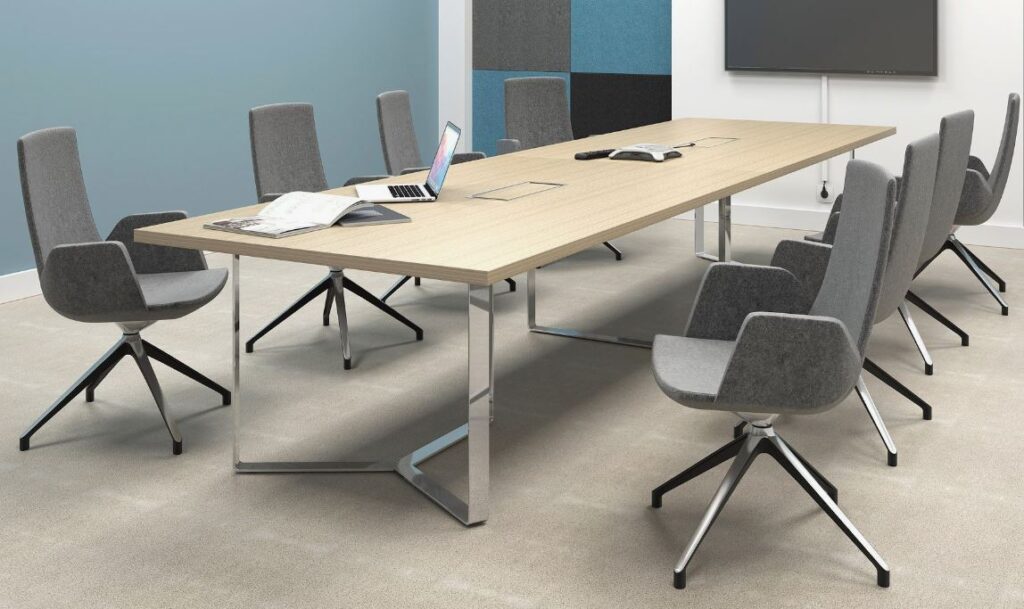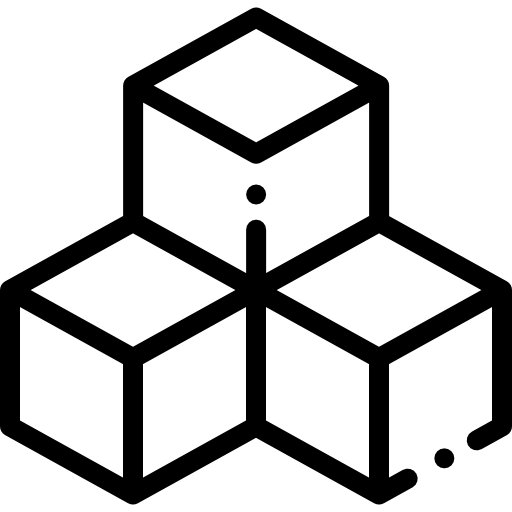Meeting Room Table Setup Guide for Quezon Offices

In today’s fast-paced business world, collaboration is key to success. At the heart of every productive meeting is a functional and well-designed Meeting Room Table. Whether it’s a brainstorming session, client pitch, or a weekly team huddle, the meeting table sets the stage for communication, creativity, and decision-making. When chosen correctly, this piece of office furniture does more than just provide a place to sit—it enhances the entire experience of the meeting. From its size and shape to the material and functionality, every detail of the meeting room table impacts how teams interact and work together. Businesses that invest in high-quality, ergonomic, and aesthetically pleasing meeting tables often notice a significant boost in employee engagement and productivity.
Choosing the Right Meeting Room Table for Your Space
When selecting a meeting room table, several factors should be taken into account to ensure it fits both your physical space and your functional needs. The size of the room is the first and most important consideration. A table that is too large can make the room feel cramped and uncomfortable, while a table that is too small may not accommodate everyone. Next, consider the number of people who typically attend meetings. Do you need seating for four, six, or twelve? Modular tables can be a great solution for growing teams as they offer flexibility. Also, the shape of the table—whether round, oval, rectangular, or boat-shaped—can influence the dynamics of the meeting. For instance, round tables promote equality and collaboration, while rectangular tables emphasize hierarchy and structure.
Materials and Aesthetic Appeal in Modern Office Design
Today’s office interiors are designed to be both functional and visually appealing. The meeting room table plays a major role in this. The materials used not only affect the table’s durability but also its style and impression. Popular materials include wood, glass, metal, and laminate. Wooden tables give off a classic and warm feel, perfect for executive boardrooms, while glass tables offer a sleek and modern touch suitable for creative spaces. Metal frames add durability and an industrial vibe, while laminated surfaces are practical and budget-friendly. Matching the table with the rest of the office furniture and interior décor is essential for creating a cohesive look. A well-styled meeting room can enhance your brand image and leave a lasting impression on clients and partners.
Ergonomics and Comfort for Long Meetings
Comfort is crucial, especially during long discussions or strategy sessions. An ergonomically designed meeting room table ensures that everyone seated around it has enough legroom, space to work, and clear visibility of other participants. The height of the table should be compatible with the chairs used. Tables with integrated cable management systems help keep the workspace tidy and free of clutter. Some advanced tables even come with built-in power outlets, USB ports, and wireless charging pads, making it easier to use digital devices during meetings. When employees are comfortable and have easy access to the tools they need, they are more likely to stay focused and engaged.
How the Right Meeting Table Enhances Team Collaboration
The design and layout of the meeting room table directly impact how team members collaborate. A well-designed table encourages eye contact, promotes open dialogue, and allows for easy sharing of documents or devices. It removes physical and psychological barriers, making communication more fluid and natural. Tables with a collaborative design—such as circular or U-shaped configurations—are ideal for fostering group discussions and idea-sharing. In contrast, larger rectangular or boat-shaped tables are better suited for presentations and meetings with a defined leader. Having the right table enhances not just the logistics but also the interpersonal dynamics within a team, which is crucial for successful collaboration.
Technology Integration in Modern Meeting Tables
In the digital age, technology is an integral part of any meeting. Many modern meeting room tables are designed with built-in technology features that support the use of laptops, projectors, and video conferencing tools. Cable ports, HDMI inputs, and power sockets are often seamlessly integrated into the table’s design, allowing for a clean and organized workspace. Wireless connectivity options and smart technology compatibility make it easier to conduct virtual meetings and share content on the screen in real-time. When a meeting table supports modern tech requirements, it streamlines the entire process, reduces setup time, and enhances overall efficiency.
Customization Options for Unique Office Needs
Every office has unique requirements, and many furniture manufacturers now offer customizable meeting room table solutions to match. Customizations may include adjustable heights, expandable sections, specific finishes, and even branded elements like engraved logos or color themes that match corporate identity. For companies with limited space, foldable or movable tables provide versatility without compromising style. Businesses operating in creative or tech-heavy industries may also prefer tables that include writable surfaces like whiteboard tops or touchscreen panels. Customizing your meeting table ensures it serves your exact needs while reflecting your brand’s personality and culture.
Environmental Considerations and Sustainability
Sustainability is increasingly important in corporate decision-making. When purchasing a meeting room table, it’s worth considering options that are made from eco-friendly or recycled materials. Many manufacturers now produce tables using sustainable wood, bamboo, or responsibly sourced metal. Additionally, durable construction reduces the need for frequent replacement, which contributes to long-term sustainability. Green certifications and eco-labels help you identify products that meet environmental standards. Choosing environmentally conscious office furniture reflects your company’s commitment to sustainability and can resonate positively with eco-aware clients and employees.
Final Thoughts on Meeting Room Table Selection
Investing in the right meeting room table is not just a furniture decision—it’s a strategic business move. A well-chosen table enhances collaboration, supports technology integration, boosts employee comfort, and leaves a lasting impression on visitors. It reflects your company’s values, professionalism, and attention to detail. As work environments continue to evolve, especially with the rise of hybrid work models, meeting rooms must be designed to foster efficient, inclusive, and tech-enabled discussions. By carefully evaluating your needs and prioritizing quality, functionality, and design, you can select a table that becomes a cornerstone of productivity and success in your office.

